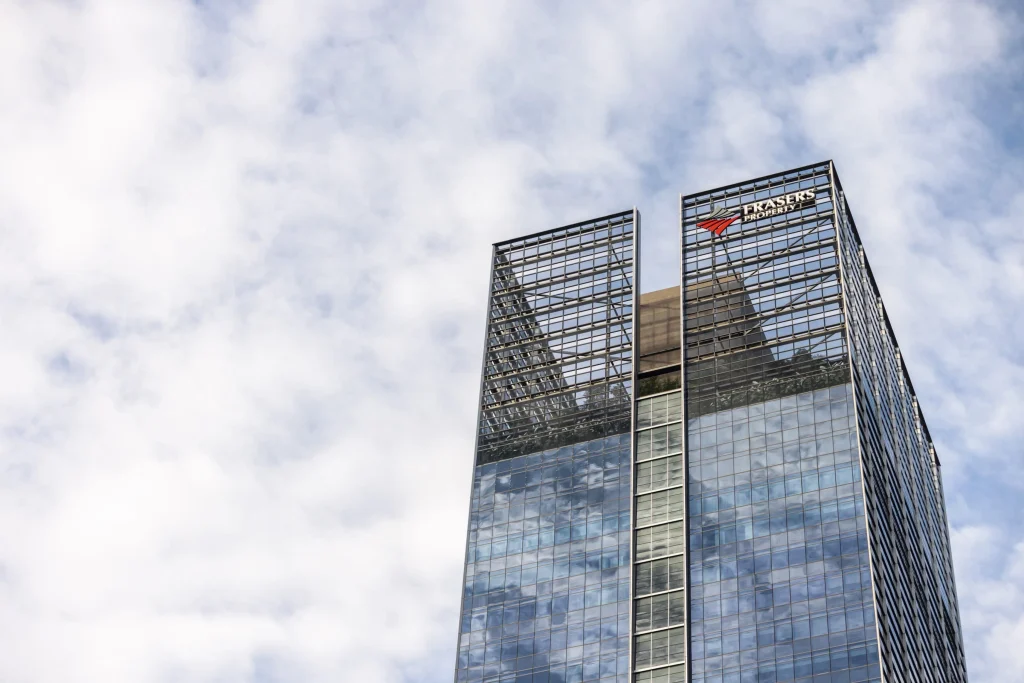WHEN the proposed privatisation of Frasers Hospitality Trust (FHT) was unveiled on May 14, I couldn’t help feeling rather disheartened – not with the terms of the transaction but with the stated rationale for the deal.
The decision to take FHT private, which came after a strategic review announced on Apr 23, seems to be based on a strong conviction on the part of its managers that the hospitality trust will face great difficulty growing its distributions per stapled security (DPS) and net asset value (NAV) in the face of a number of macroeconomic trends and structural factors.
In particular, higher interest rates since the Covid-19 pandemic have increased FHT’s debt costs, and weighed on the market value of its stapled securities. The relative strength of the Singapore dollar has also adversely affected FHT’s DPS and NAV, as 59 per cent of its nearly S$2 billion property portfolio is located outside of Singapore – in Australia, Japan, Malaysia and the United Kingdom.
In the wake of this weak performance, the market valuations of hospitality trusts have naturally eroded. FHT traded at an average of 0.95 times NAV during the period spanning its listing in July 2014 until March 2020. Its peers – namely, CapitaLand Ascott Trust, CDL Hospitality Trusts, and Far East Hospitality Trust – traded at an average of 0.89 times NAV during the same period.
A NEWSLETTER FOR YOU

Tuesday, 12 pm
Property Insights
Get an exclusive analysis of real estate and property news in Singapore and beyond.
During the Covid-19 pandemic period, from March 2020 to May 2023, FHT traded at an average of 0.76 times NAV while its peer group traded at 0.81 times NAV. Subsequently, from May 2023 until the strategic review was announced in April 2025, FHT traded at an average of 0.73 times NAV while its peers traded at an average of 0.72 times NAV.
Are Singapore-listed hospitality trusts still useful securitisation platforms for their respective sponsor groups given their weak market valuations? Is it just a matter of time before we see more of them going private?
Sagging performance, valuations
Here’s the thing: FHT and its peers aren’t the only Singapore-listed real estate investment trusts (S-Reits) under pressure. Higher interest rates have weighed on the performance and market valuations of all S-Reits; and the strength of the Singapore dollar has been a drag on the returns of every S-Reit with significant overseas exposure.
While the annualised total return of 0.79 per cent that FHT and its peers delivered between July 2014 and April this year was certainly weak, many other S-Reits didn’t perform all that much better. According to the presentation deck provided by FHT’s managers, S-Reits focused on commercial properties returned an average of just 3.61 per cent per year during the same period, while industrial and logistics S-Reits returned 4.92 per cent a year.
The best performance came from “specialised” S-Reits – such as Parkway Life Reit and Keppel DC Reit – which achieved an average annualised total return of 10.07 per cent during the period.
Against this backdrop, it is perhaps not surprising that the crop of S-Reits reportedly coming to market are focused on burgeoning new sectors such as data centres, healthcare assets and student accommodation.
Meanwhile, managers of S-Reits focused on traditional sectors and struggling to garner decent market valuations may have to rethink their business plans, and whether it makes sense to maintain their listings.
This isn’t exactly a new trend. Several S-Reits have been acquired or subsumed over the years as their sponsor groups adjusted their strategies and reached for scale.
For instance, CapitaLand Integrated Commercial Trust is the result of the merger of CapitaLand Mall Trust and CapitaLand Commercial Trust. Mapletree Pan Asia Commercial Trust came about through the amalgamation of Mapletree Commercial Trust (MCT) and Mapletree North Asia Commercial Trust (MNACT).
These deals did not always go smoothly. The merger of MCT and MNACT, for instance, faced minority shareholder resistance on both sides of the transaction. Mapletree Investments, the sponsor group behind the two Reits, eventually stumped up S$2.2 billion in cash to push the deal through.
Is going private the next big trend for S-Reits as their managers and sponsor groups try to deliver value?
FHT’s managers said on May 14 that a number of options were considered to unlock value for investors. These included boosting the yields and valuations of FHT’s existing properties through asset enhancement initiatives (AEIs), and scaling up FHT through a big merger or acquisition.
In the end, however, it was decided that exiting the public market made the most sense.
FHT’s bid to go private comes on the heels of a similar move at Paragon Reit. In February, Paragon Reit’s manager said privatisation would facilitate a major AEI at its flagship property, which accounts for 72 per cent of the value of its property portfolio.
The manager said the AEI could cost as much as 21 per cent of the property’s appraised value, and is necessary to defend its competitiveness amid growing competition from nearby properties and softer spending on luxury goods.
Paragon Reit’s privatisation deal, which will see investors receiving S$0.98 per unit, equivalent to 1.07 times NAV, was given the green light last month.
Privatisations may boost sentiment
While the privatisation of FHT and Paragon Reit might raise questions about the future of the S-Reit sector, the expectation of more such deals could well boost investor sentiment.
The big question is whether investors are adequately compensated by the offerors.
In the case of FHT, investors are being offered S$0.71 per stapled security by a unit of Frasers Property (FPL). This is 1.11 times FHT’s adjusted NAV – higher than the average 1.04 times NAV at which precedent S-Reit privatisations since 2020 were priced; and well above the 0.62 times NAV at which hospitality trusts trade in the market.
The offer price of S$0.71 also implies a total return of 27.8 per cent for investors who bought FHT at its initial public offering in 2014. FHT’s peers delivered total returns over the same period ranging from minus 6.3 per cent to 24.5 per cent.
One sticking point for some investors is that FPL narrowly failed to take FHT private at S$0.70 per share back in 2022, at a time when the hospitality sector was still reeling from the pandemic.
It should be pointed out, however, that the previous offer price was only 1.07 times FHT’s NAV. With the rise in interest rates since then, FPL could also be hard pressed to justify paying much more for FHT – especially with its own shares trading 65.5 per cent below NAV.


